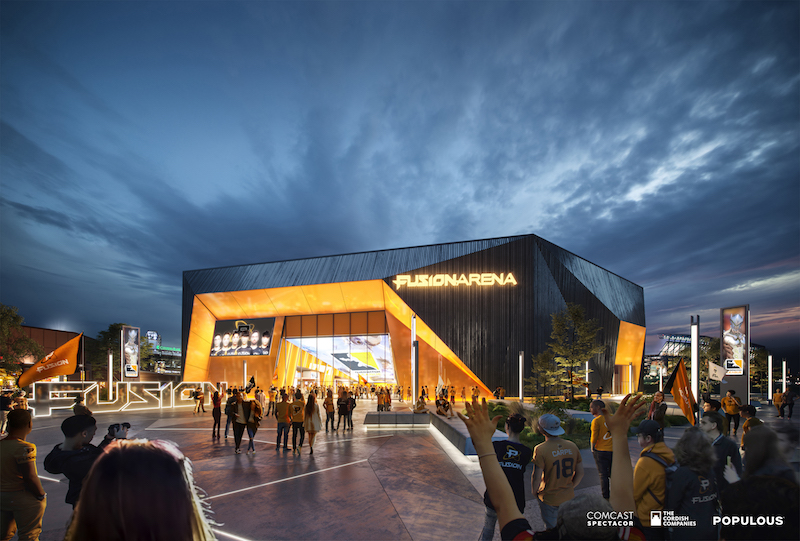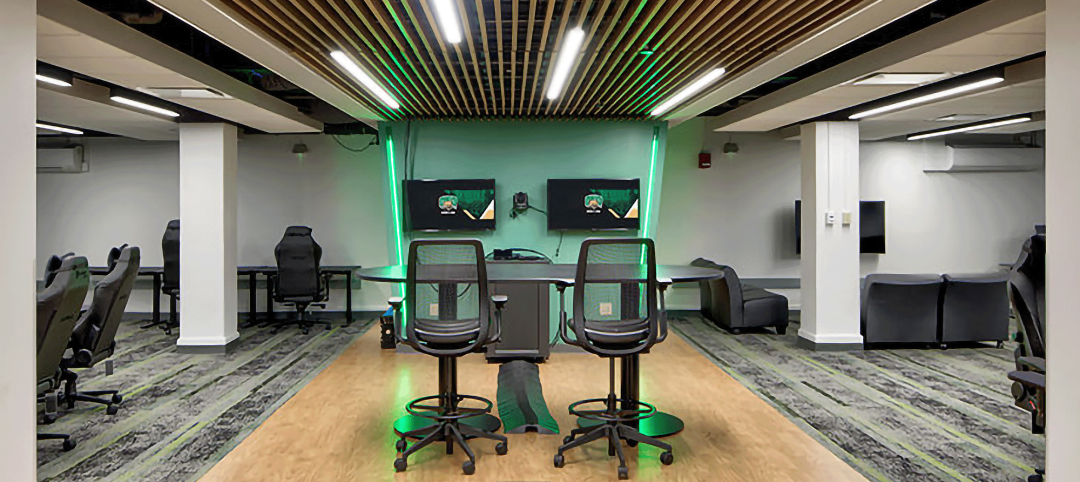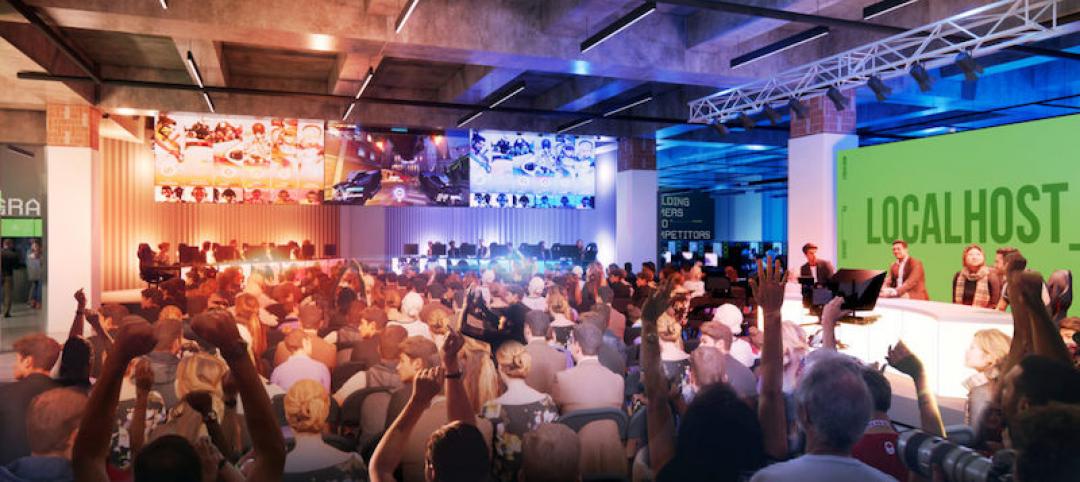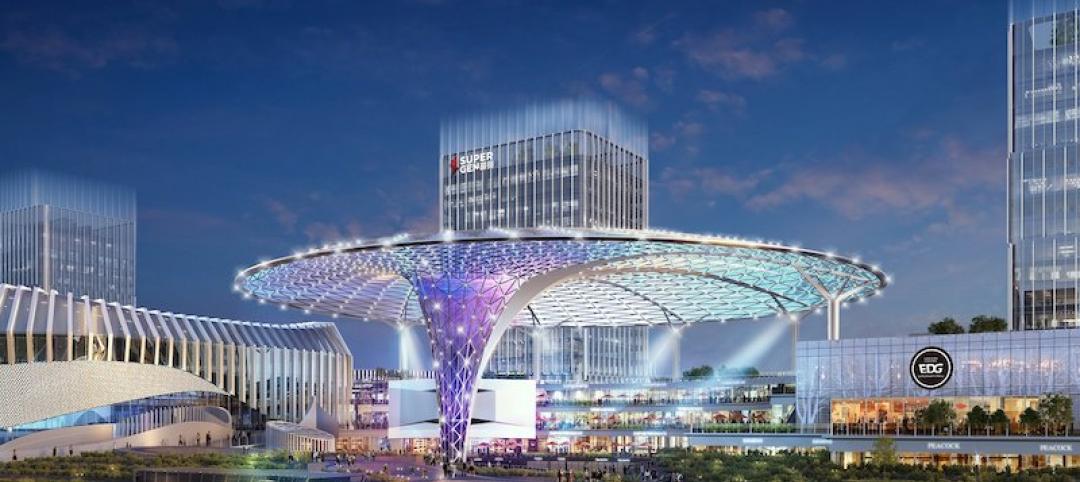Once upon a time, going to a sporting event meant heading to the stadium and taking a seat on a hard wooden or metal bench to enjoy nine innings, four quarters, or 48 minutes of action. But in today’s HD 4K world, where watching a game in standard definition is akin to smearing petroleum jelly over both eyes, the modern day sports stadium required its own “high definition” upgrade to keep fans engaged.
While the more traditional sports venues (think ballparks and football stadiums) are all becoming the center pieces of their own entertainment districts, a new type of stadium is completely changing the rules of what constitutes a sports venue: the eSports stadium.
Unless you are a fist-shaking, yell-at-those-darn-kids-to-get-off-your-lawn Luddite, odds are you’ve already heard of eSports and are aware of their skyward trajectory. A large part of this growth trajectory includes the evolution of eSports stadiums, which have quickly gone from concepts, to repurposed, renovated spaces, and now, to purpose built stadiums bursting at the seams with technology.
Take the work Populous has done in the eSports realm, for example. Last November, the firm completed work on the largest eSports facility in North America with eSports Stadium Arlington. Working with Shawmut Design and Construction, eSports Stadium Arlington was a $10 million-renovation project that used 100,000 sf of the city’s old convention center to create a highly adaptable venue that can host events with audiences ranging from 250 people to 2,500 people.
Retrofits can only take eSports so far
For a sport growing as fast as eSports, retrofitting old convention centers is only viable for so long. After all, you don’t see NFL or MLB teams trying to carve out space from an old warehouse or convention center for their new stadiums, do you? This means you’re about to see more purpose-built eSports stadiums, as well. The Populous-designed Fusion Arena will be the first purpose-built eSports arena in the Western Hemisphere upon its completion in 2021. The $40 million-facility is located in the Philadelphia Sports Complex surrounded by the Wells Fargo Center, Lincoln Financial Field, and Citizens Bank Park. It will seat approximately 3,500 people and include a training facility, a broadcast studio, team offices, and myriad seating options. As revenue from the global eSports economy is set to surpass $1 billion for the first time in 2019, Fusion Arena may be the first purpose-built arena in the Western Hemisphere, but it certainly won’t be the last.
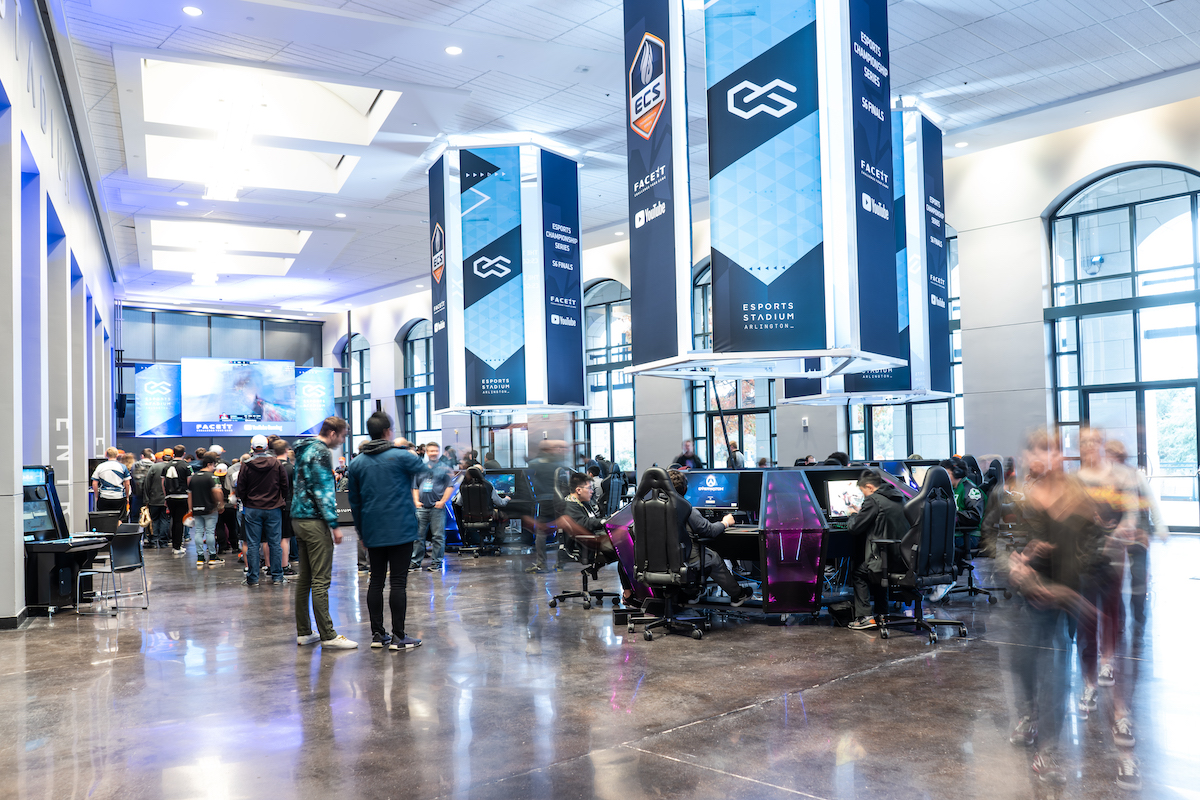
HOK and software company SAP recently released a white paper titled “Developing the Esports Arenas of the Future” in which they speak to the importance of the purpose-built venue in helping eSports’ continued growth. “As more purpose-built venues are constructed for eSports, there are significant opportunities for architects to shape the future of this industry,” the white paper’s authors write.
RELATED CONTENT
- Top 90 Sports Facilities Architecture Firms
- Top 65 Sports Facilities Engineering Firms
- Top 60 Sports Facilities Construction Firms
These arenas of the future will better integrate the experiences of tiered seating areas with the concourse spaces in order to allow fans to follow the action on the main stage while also engaging in auxiliary activities. This means a new type of seating bowl is not only beneficial, but necessary to the success of these stadiums. Additionally, as eSports events can vary greatly in the number of spectators in attendance and players on stage, adaptability is key. Stages, seating, and digital screens must all be able to seamlessly change and adapt to numerous events, big or small.
Digital and physical spaces become one in eSports arenas
Perhaps the most important component for eSports stadiums, and an area where they differ greatly from other sports venues, is the extent technology needs to be integrated into the fan experience. Digital experiences and physical spaces will be combined to create a completely new experience. In the future we will see seats equipped with USB ports, virtual reality and mixed reality capabilities throughout, and the ability for a digital avatar to exist within the physical seating bowl. “The ability to recreate the arena virtually through virtual- or augmented-reality experiences will also be key.” the report’s authors write, “with venues creating digital replicas or ‘digital twins’ of eSports arenas.”
As eSports, and the revenue they generate, grows, not only will these stadiums continue to be honed for the specific purpose of hosting eSports events and drawing fans away from a purely streamed experience, but they will also become hotbeds for exploring new ways technology can be leveraged in a stadium (be it NFL, MLB, NBA, or eSports) setting.
Related Stories
Esports Arenas | Dec 19, 2022
Ohio University’s OHIO Esports Arena redefines video gaming
If a college student enjoys film studies, there is probably a place on campus where they can join other film buffs. But where can students who like video games go?
Esports Arenas | May 11, 2022
Design firm Populous partners with esports company on digital art NFT collection
Design firm Populous and multidiscipline esports organization Kansas City Pioneers have partnered on a five-part NFT collection.
Esports Arenas | Apr 30, 2021
The Block will be Philadelphia’s first campus dedicated to esports
Populous is designing the project.
Esports Arenas | Jan 25, 2021
6,000-seat eSports arena begins construction in Shanghai
The NCC&Esports Center is slated for completion at some point in 2024.


